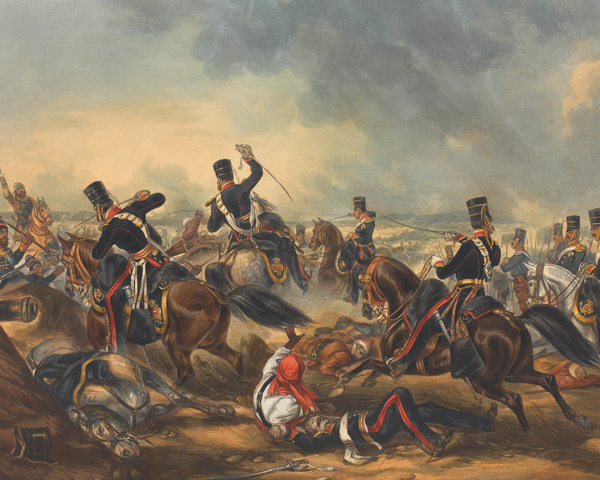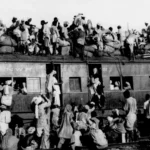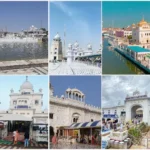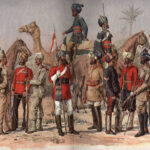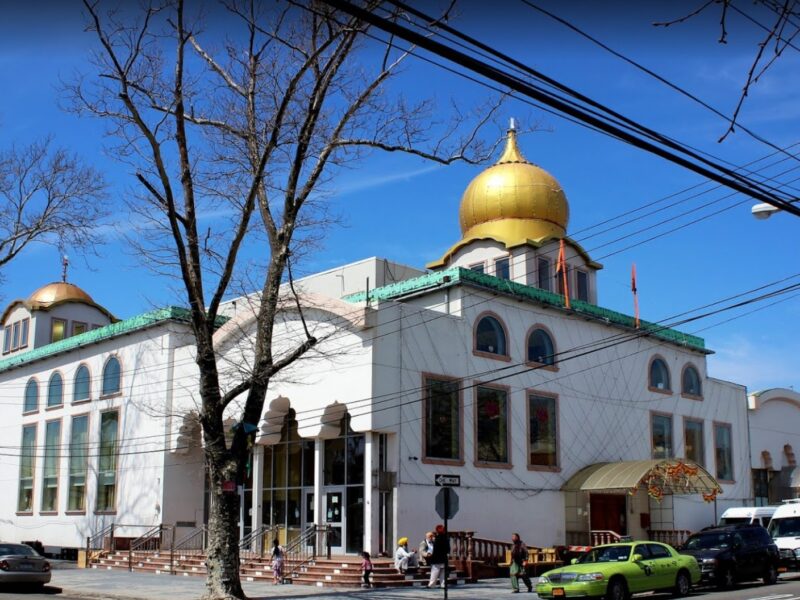Punjab, a region rich in history and culture, has witnessed numerous battles that have played a crucial role in shaping its destiny. From ancient times to the medieval period, Punjab has been a battleground where various empires clashed, leaving an indelible mark on the region’s history. These historical battles hold immense significance as they not only determined political control but also influenced the cultural and social aspects of Punjab. Let us delve into the significance of some of these battles in shaping Punjab’s history.
One of the earliest historical battles in Punjab was the Battle of Hydaspes, fought in 326 BCE between Alexander the Great and King Porus. This battle holds significance as it marked the easternmost extent of Alexander’s conquest and showcased the resilience and bravery of King Porus. Although Porus was defeated, he left a lasting impression on Alexander, who admired his valor and made him an ally, granting him autonomy over his kingdom. This battle contributed to the fusion of Greek and Indian cultures and influenced the subsequent political landscape of Punjab.
Moving forward to the medieval period, the Battle of Tarain in 1191 CE played a pivotal role in Punjab’s history. This battle witnessed the clash between the Rajput king Prithviraj Chauhan and the Ghurid Empire led by Muhammad Ghori. Prithviraj Chauhan’s defeat in this battle resulted in the establishment of Muslim rule in Punjab, marking the beginning of the Delhi Sultanate’s influence in the region. The Battle of Tarain not only altered the political dynamics but also introduced Islamic culture, language, and architecture to Punjab, leaving an enduring impact on its cultural fabric.
Another significant battle is the Battle of Panipat, which was fought thrice in different centuries. The First Battle of Panipat in 1526 CE marked the beginning of the Mughal Empire’s rule in India. Babur, the founder of the Mughal dynasty, defeated the Lodi dynasty’s Ibrahim Lodi, establishing Mughal dominance over Punjab. The Second Battle of Panipat in 1556 CE saw Akbar, the third Mughal emperor, secure his position against Hemu, a Hindu king. This battle consolidated Mughal authority in Punjab and laid the foundation for Akbar’s policy of religious tolerance. The Third Battle of Panipat in 1761 CE, fought between the Marathas and the Durrani Empire led by Ahmad Shah Durrani, had a significant impact on Punjab’s history. The Marathas’ defeat weakened their grip on northern India, paving the way for the rise of Sikh power in Punjab.
The Battle of Chamkaur Sahib in 1704 CE holds great importance in Sikh history and Punjab’s struggle against Mughal oppression. Guru Gobind Singh, the tenth Sikh Guru, and his small band of followers valiantly defended themselves against a much larger Mughal force. Although outnumbered, the Sikhs displayed remarkable courage, inspiring future generations in their fight for freedom and the establishment of the Sikh empire in Punjab.
These battles, along with many others, have left an indelible imprint on Punjab’s history. They shaped the region’s political landscape, influenced cultural exchanges, and determined the course of subsequent events. By understanding the significance of these historical battles, we gain a deeper appreciation of Punjab’s vibrant past and the resilience of its people.
Early Period
Additionally, a part of the Indus Valley Civilization was the current Hoshiarpur District region. Recent excavations at numerous locations in the district have shown that people from the protohistoric and historic periods, as well as early paleolithic humans, all chose to live in the region around the Shiwalik foothills. Seven early Stone Age sites have been unearthed during the explorations, including Atbarapur, Rehmanpur, and Takhni, which are located 30–40 km north of Hoshiarpur District in the foothills of Shiwalik. In addition to these excavations, the archaeological remains in the Hoshiarpur District include temple ruins at Dholbaha, 24 km north of Hoshiarpur, and particularly local stories that provide significant insight into the region’s ancient past.
Several locations in the area are linked to Pandavas in mythology. The Mahabharata epic refers to Dasua as Raja Virata’s residence, where the Pandavas stayed for thirteen years while they were exiled. According to legend, the Pandavas lived at Bham, a town 11 km west of Mahalpur, during their exile. A stone temple in Lasara, some 19 km north of Jaijon, is also said to be from the period of the Pandavas. The Chandrababu Rajput tribe allegedly ruled the region of Hoshiarpur for centuries before the invasion by the Muslims, according to the Chinese traveler Hieun Tsang.
Shiwaliks from Talwara on the Beas to Rupnagar on the Satluj have shown the presence of Acheolian and Soanian civilizations in the Hoshiarpur District. Sixteen sites from the Shiwalik Frontal Range in the Hoshiarpur District have reportedly produced Stone Age implements. Along with the Soanian tools, the ones found in the Hoshiarpur District have produced an Acheolian assemblage.
Many Stone Age tools from the Atbarapur group have been found. Atbarapur has produced 80 tools, including 9 handaxes, 19 cleavers, 17 pebble tools, 28 flakes, and 7 cores/core choppers. This group, which also includes Rehamanpur and Takhni near the dry beds of the Ghos, is situated at the foothills of the Shiwaliks, about 8 km to the northeast of the town of Haryana.
